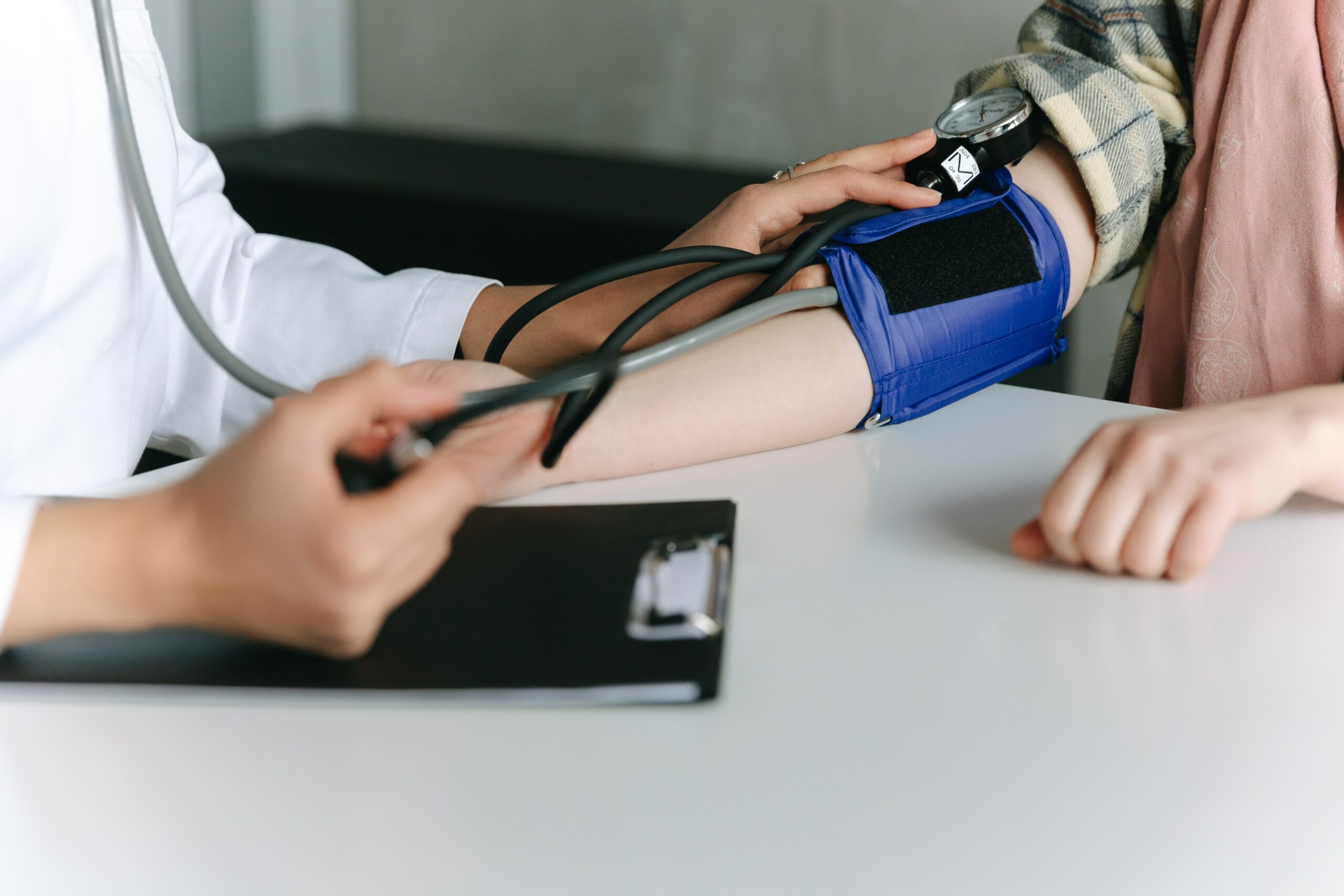High blood pressure occurs when the force of blood against the walls of the arteries is consistently too high. This can lead to serious health problems, including heart disease, stroke, and kidney disease.
While there are several treatments available for high blood pressure, such as medications and lifestyle changes, massage therapy is a complementary approach that can provide many benefits.
Massage Reduces Stress and Anxiety
When we experience stress and anxiety, our bodies release cortisol, a hormone that can cause the blood vessels to constrict and increase blood pressure.
Massage therapy promotes the release of endorphins, which are the body’s natural feel-good chemicals. These endorphins can help promote relaxation and reduce the levels of stress and anxiety.
By reducing stress and anxiety, massage therapy can help lower blood pressure, reduce the risk of heart disease, and improve overall cardiovascular health.
Massage Improves Blood Circulation
By increasing blood flow to the body’s tissues and organs, massage therapy can help reduce the workload on the heart and lower blood pressure.
When blood flows more easily through the arteries, the heart doesn’t have to work as hard to pump blood through the body.
In addition, massage therapy can help improve the circulation of lymphatic fluid, which can help remove waste products and reduce inflammation in the body.
Improved blood circulation can also help with the delivery of oxygen and nutrients to the body’s tissues, which can further improve cardiovascular health and lower the risk of heart disease.
Massage Lowers Heart Rate
When the heart rate is lower, the heart doesn’t have to work as hard to pump blood through the arteries, which can reduce the risk of cardiovascular problems.
When the heart has more time to relax between each beat, it can rest and recover more efficiently.
A lower heart rate can also help promote relaxation and reduce stress, which can further improve cardiovascular health.
Massage Promotes Relaxation
When the body is relaxed, blood vessels can dilate, allowing blood to flow more easily through the arteries. This can help lower blood pressure and reduce the risk of heart disease.
In addition, increased relaxation can help improve sleep quality, which can also have a positive impact on blood pressure.
Massage Reduces Muscle Tension
When muscles are tense, they can constrict blood vessels, which can increase blood pressure.
By reducing muscle tension, massage therapy can help lower blood pressure and improve cardiovascular health.
Types of Massage for High Blood Pressure
The best types of massage for high blood pressure are those that are gentle and promote relaxation. Here are some of the most effective types of massage for high blood pressure:
Swedish Massage
Swedish massage is a gentle form of massage that uses long strokes, kneading, and circular movements to help promote relaxation and reduce muscle tension.
This type of massage can be an excellent choice for people with high blood pressure who are new to massage therapy.
Swedish massage is typically done with the use of oil or lotion, and it can be performed on the back, legs, arms, and neck.
Hot Stone Massage
Hot stone massage uses heated stones to help promote relaxation and reduce muscle tension. The stones are typically placed on specific areas of the body, such as the back, legs, and arms.
The heat from the stones can help improve blood circulation and reduce stress, which can help lower blood pressure.
Aromatherapy Massage
Aromatherapy massage uses essential oils to help promote relaxation and reduce stress. Essential oils are extracted from plants and are known to have therapeutic properties.
When combined with massage therapy, essential oils can help promote relaxation and reduce muscle tension, which can help lower blood pressure.
Thai Massage
The deep pressure and rhythmic movements used in Thai massage can help relax the body and promote a sense of calm, which can help lower blood pressure.
Additionally, the stretching and compression movements used in Thai massage can help increase blood flow and improve circulation, which can be beneficial for individuals with hypertension.
By relieving tension and pain in the muscles and joints, Thai massage can help the body relax and further lower blood pressure.
Conclusion
Massage therapy can be an effective complementary treatment for people with high blood pressure.
It can help reduce stress and anxiety, improve blood circulation, lower heart rate, promote relaxation, and reduce muscle tension. These benefits can help lower blood pressure and reduce the risk of cardiovascular problems.
When combined with other treatments for high blood pressure, such as medication and lifestyle changes, massage therapy can help improve overall cardiovascular health and reduce the risk of serious health problems.
If you have high blood pressure, consider adding massage therapy to your treatment plan to help improve your cardiovascular health and overall well-being.

